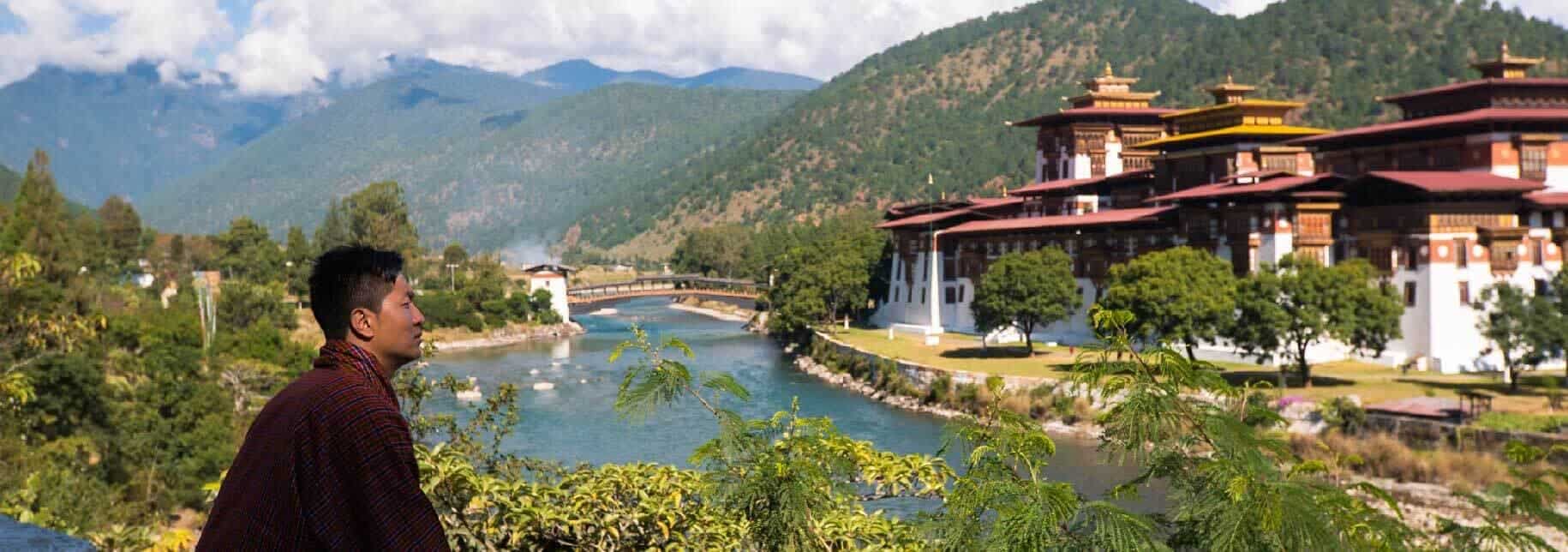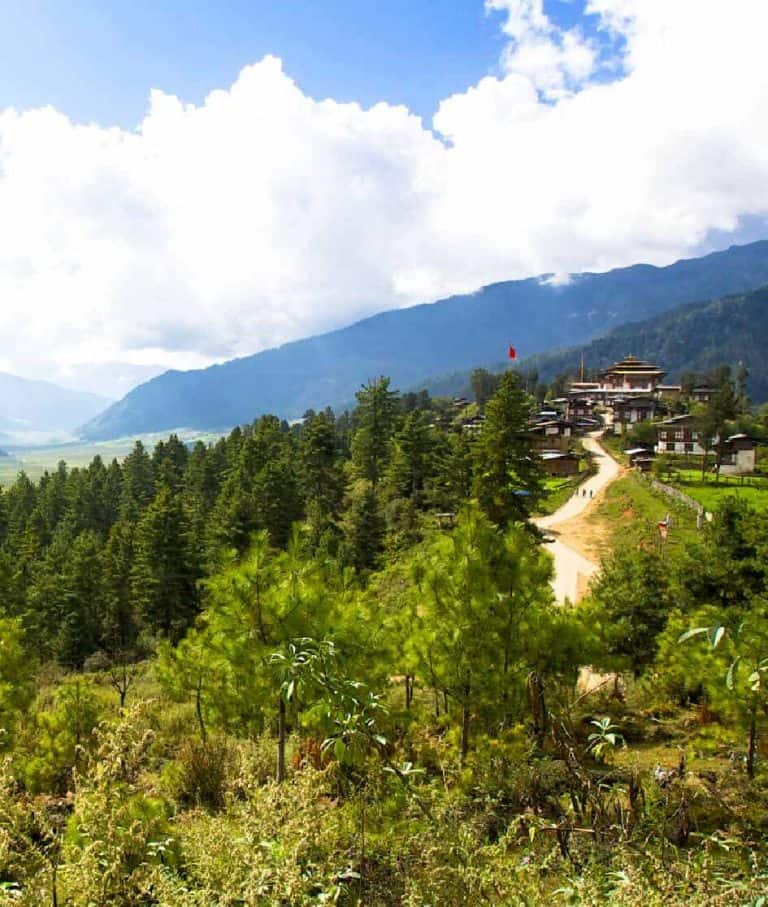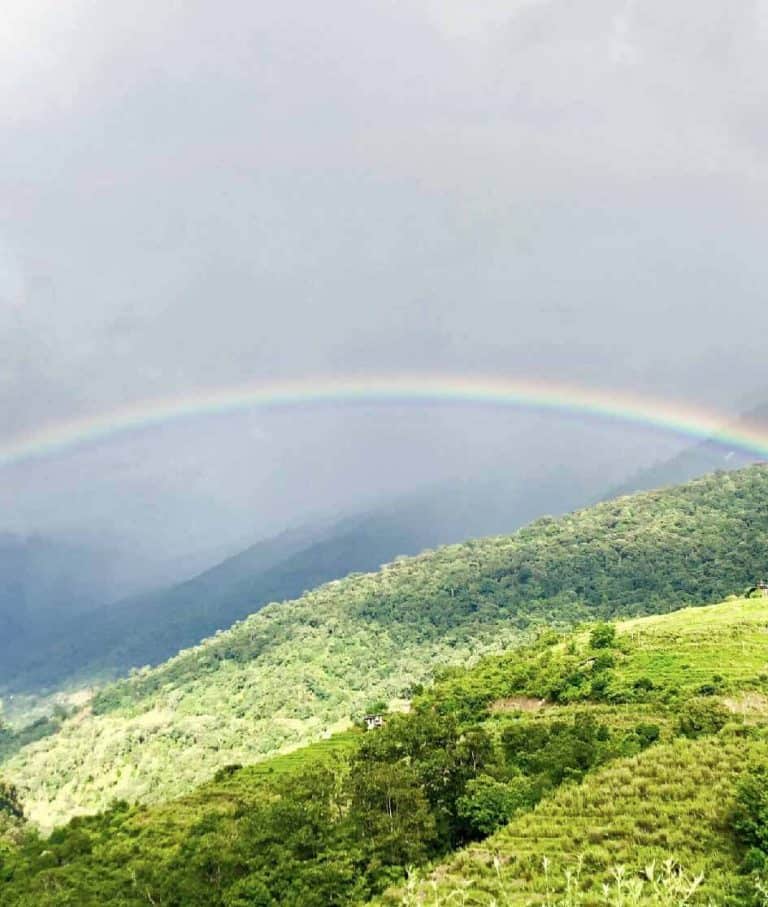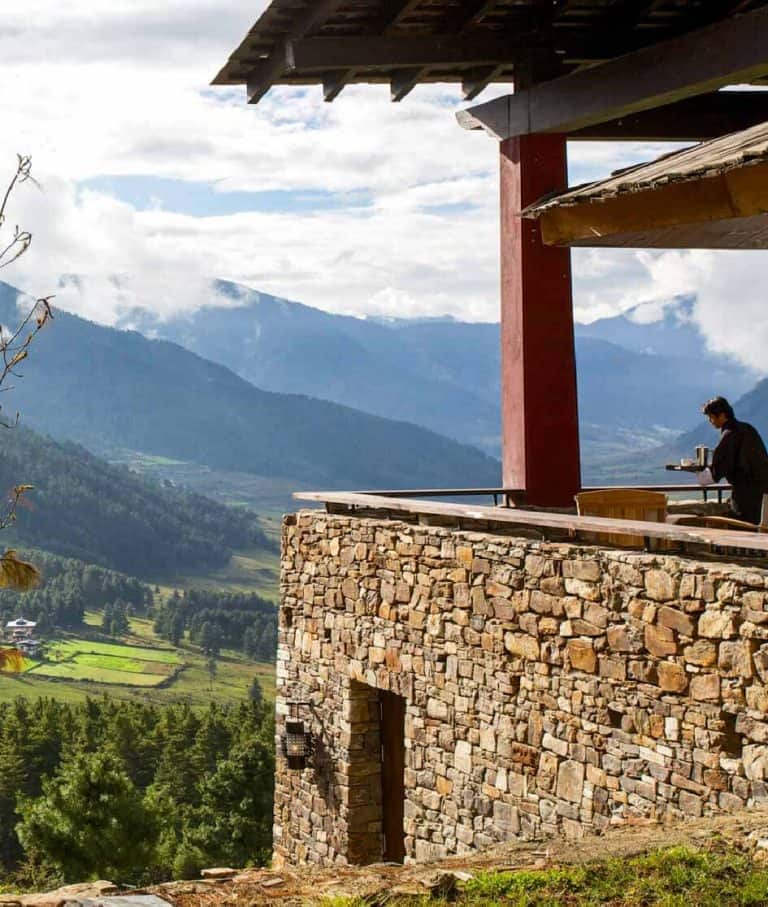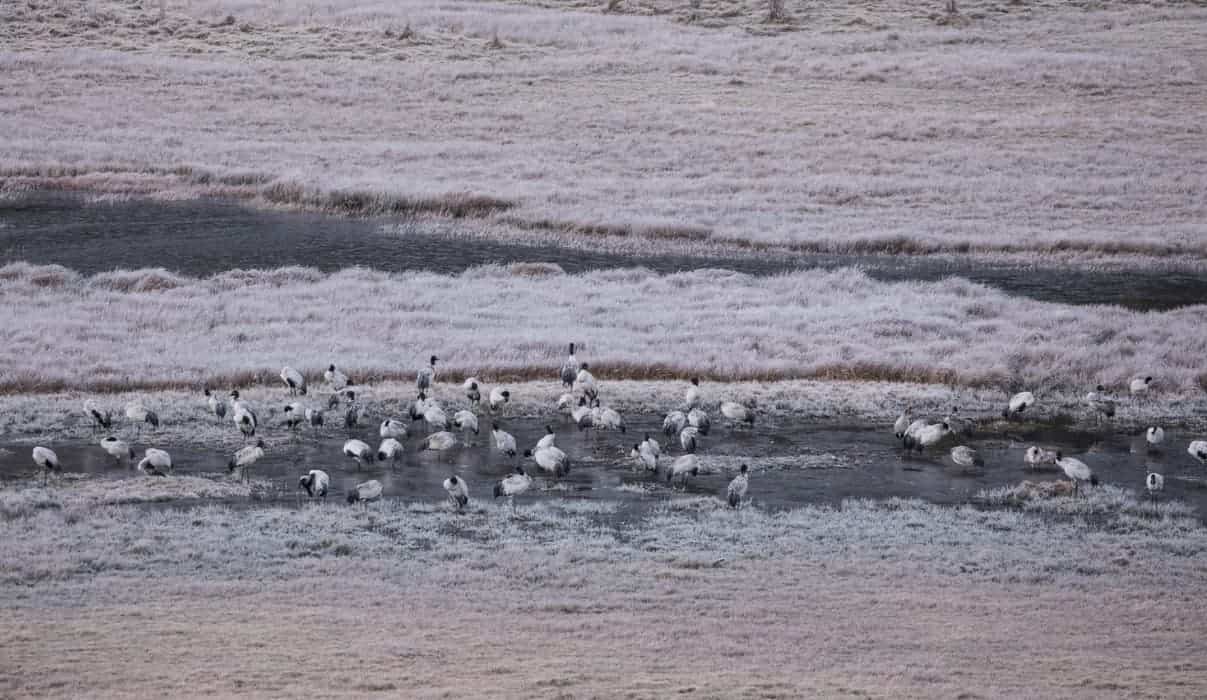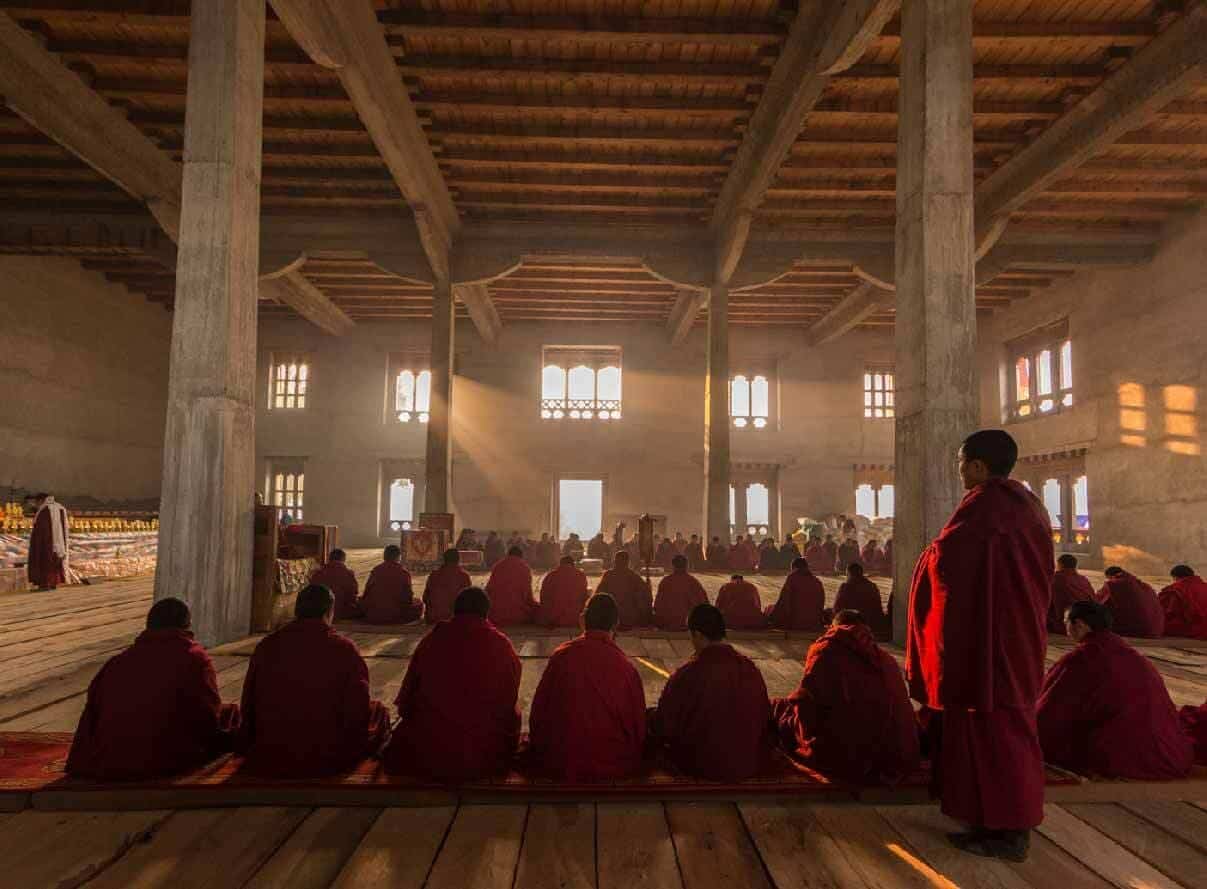During the summer months of June, July and August the moody monsoon rains roll in from India and the valleys of Bhutan are blessed with abundant rain. These summer rains make for lush, fertile valleys, green paddy fields, forests dense with blue pine and rivers that hurtle by, full to overflowing with pristine waters from the mountains above. The valleys of Bhutan have never looked more beautiful.
Phobjikha (Gangtey) Valley is no exception. A glacial valley and high-altitude wetland located above 3000m on the western slopes of Bhutan’s Black Mountains, it is one of the country’s main conservation areas and a biological corridor squeezed in between Bhutan’s two largest national parks. It is also home to a diverse array of wildlife, including Bhutan’s famous Black Neck Cranes. Phobjikha is the wintering ground for these protected birds that are now sadly a globally threatened species and each year during the months of October to February more than 300 of them return to Phobjikha Valley from their summer breeding place on the Tibetan Plateau. The valley remains one of the few places in the world where these birds can still be seen.
There are two main rivers that flow through the valley and an ancient tale describes one, the Nakay Chhu, as a snake and the other, the Gay Chhu, as a wild boar. Legend has it that one day the two animals decided to race across the valley and they agreed that if the snake won, then rice would be grown in the region but if the boar won, the farmers would have to choose something else to grow. The Nakay Chhu meandered all over Phobjikha and eventually lost its way and so the boar won and the valley began growing potatoes, not rice like the rest of Bhutan!
